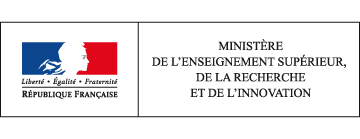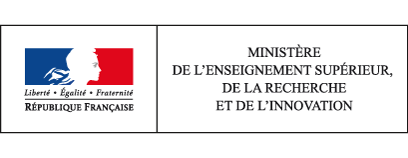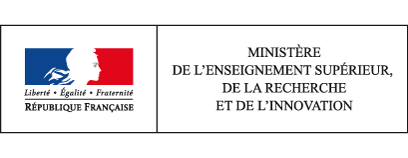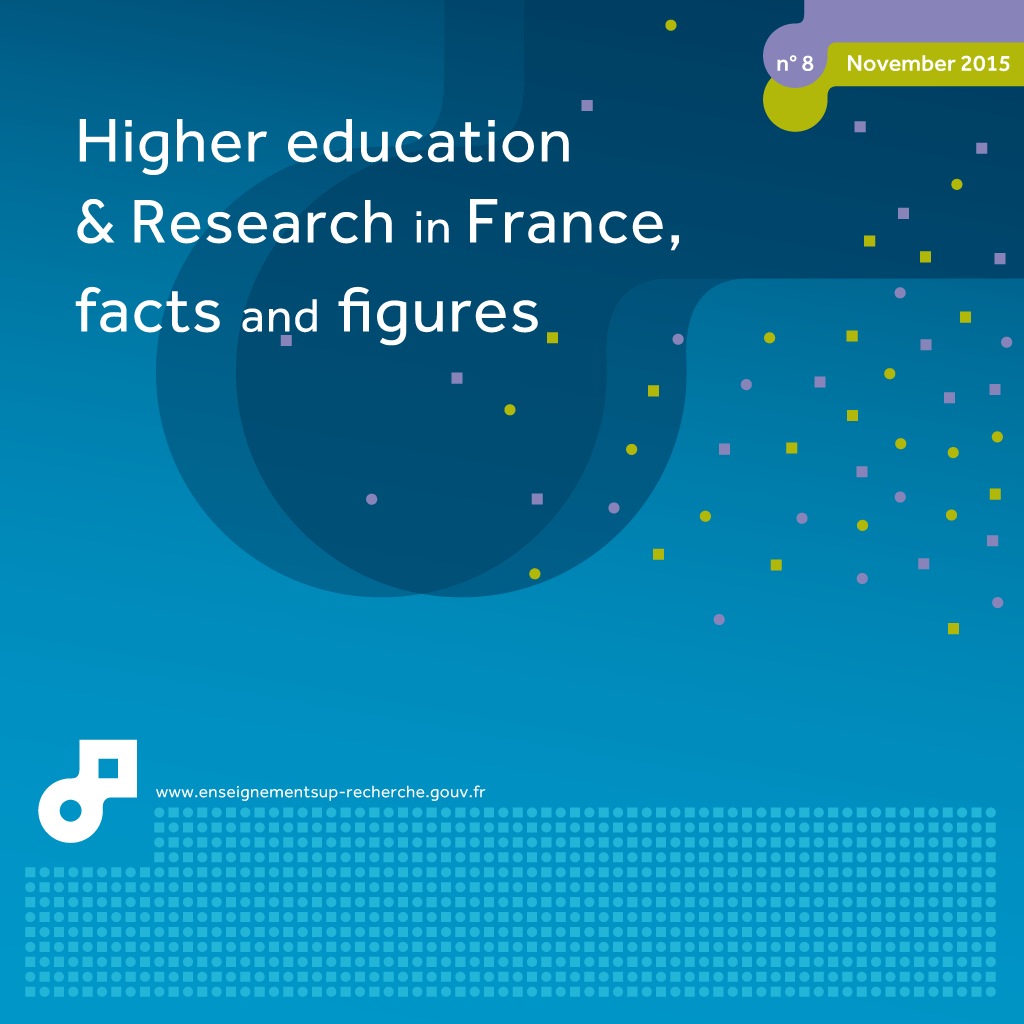MENESR-DEPP
Ministère de l'Éducation nationale, de l'Enseignement supérieur et de la Recherche
Direction de l'évaluation, de la prospective et de la performance - DEPP
61-65 rue Dutot, 75732 Paris Cédex 15
http://www.education.gouv.fr/pid25496/statistiques.html
This source is used in these chapters:
The nation spent €28.7 billion (€bn) on tertiary education in 2013. This is 2.5 times more than in 1980 (in constant euros). The contribution by central government represented 70% of that amount. In 2013, average expenditure per student stood at €11,540, or 40% more than in 1980 (in constant euros). [read more]
At the start of the 2013-2014 academic year, the number of students receiving support stood at more than 660,000, or approximately 35% of students enrolled for a course for which a grant was available. In all, the amount of financial and social support provided came to almost €6 billion in 2013, compared with €3.5 bn in 1995. [read more]
At the 2014 session, 625,700 of the 710,800 candidates obtained their baccalauréat (88.0%), bringing the proportion of baccalauréat holders in a generation to 77.4%. Over half of these candidates obtained a technological or vocational baccalauréat. [read more]
In 2013, there were 2,430,100 students, 8 times as many as in 1960. Today, a little over six students in every ten are enrolled at university. However, in the last 10 years, most of this dynamism has been concentrated in private higher education. In 2013 this sector accounted for almost 18% of all students. [read more]
There was a marked increase (+1.8%) in the total number of students in higher education, with 2,430,100 enrolled at the start of the 2013-14 academic year – the highest number to date. This increase is explained by the fact that higher education today has much greater appeal, even though there are fewer young people of studying age. Young women make up the majority of students and graduates. [read more]
In 2012, 481,000 trainees attended continuing education programmes at higher education institutions – an increase of nearly 3% year on year. 82,800 qualifications were awarded for continuing education programmes, 53,700 of which were State-regulated national diplomas. However, higher education accounted for only 2% (€404 million) of the total turnover from continuing education, a fall of 2% in comparison with 2011. [read more]
At the start of the 2013-2014 academic year, there were 18,200 students in public universities, STSs and CPGEs who declared a disability and were provided with support of some kind. The vast majority (90%) were enrolled at university. Their numbers had doubled in 5 years. They receive more and more different types of support which are now better known and which enable students not to be set apart from the general trend of longer studies. Nevertheless, they are enrolled for the most part in the Bachelor's degree programmes and their presence declines throughout the course. [read more]
Women outnumber men in higher education (55%), but are less likely to enrol in selective or scientific courses and are in the minority in PhD programmes. In 2013, their unemployment rate three years after leaving was the same as for men, but their employment conditions were less favourable. [read more]



